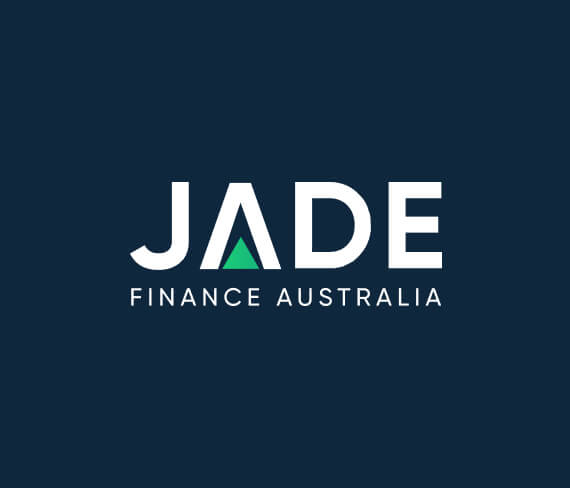The February meeting of the RBA Board has even further fuelled speculation around an imminent rise in interest rates. Unless you’re totally tuned out to news coverage, you’ve likely picked up some of the interest rates commentary. If you’re intending to purchase consumer goods or business equipment with finance any time soon, then it could be worth adding to your knowledge bank on interest rates. Understanding the role of the RBA in interest rates and what factors trigger a change in rates can be significant to your loan.
Interest rates are our key focus and we bring you an update on the latest RBA Board meeting, why so many analysts are forecasting a rise in interest rates in the near future and what that rise could mean for your impeding loan.
What’s all the fuss about?
Did you know that there hasn’t been a rise in the official cash rate for over 10 years? That’s right. Over that time interest rates have continually been cut rather than increased. The official cash rate which is set by the RBA, has been at the historic low of 0.1% since the Board’s meeting on the first Tuesday of November in 2020. The cuts in 2020 were instigated as part of monetary policy to counter the effects on the economy of the COVID-19 pandemic.
The cash rate is a lender borrowing rate and forms a foundation from which lenders establish the interest rates on their various markets. The low interest rate scenario allows for cheaper loans and this has triggered a strong housing market especially and a surge in house prices. Some analysts started calling for a rate rise mid-2021 to cool the housing market.
Through 2021, the RBA Board has stayed with its strategy of being patient and waiting for inflation to be sustained within the 2-3% range and unemployment approaching full employment or below the 4% rate. It has indicated it expected those conditions to be present around 2024.
But in the past few months, inflation has surged in Australia and the calls for a rate rise to arrest the surge are growing. So that’s essentially what all the current fuss over interest rates is all about.
RBA February Meeting Outcome
The 1 February RBA Board meeting was the first for the year and since its December 2020 meeting. Despite the growing call for a rate rise, the Board once again confirmed it was prepared to patient and indicated that conditions were not suited to drawing the conclusion that the current inflation level was sustainable.
The Board kept the cash rate on hold at 0.1% and in the announcement statement and in comments after, made the following key points:-
- The spending pick-up is expected to continue as the number of Omicron cases declines.
- Omicron had had an effect on the Australian economy but not derailed the recovery.
- GDP: central forecast 4.25% growth 2022; around 2% through 2023.
- The pandemic continues as a cause for uncertainty.
- Unemployment continues to fall to latest (December) figures of 4.2%. This indicates a strong recovery in the labour market. Forecast below 4% late-2022, 3.75% end 2023.
- A large number of vacancies in the jobs market indicate that further reduction in unemployment should flow.
- Inflation to increase over the upcoming quarters but decline through 2023.
Unlike recent post-meeting statements, the February 2022 statement does not include a timeframe for when a rate increase could be expected. The Board summarised by reaffirming its patience and position of waiting for target conditions to be achieved.
Impact on Consumer Loans and Business Finance
While that’s what the RBA Board is saying, many economic analysts, reporters and commentators are already coming out with possibly bold forecasts of when a rate rise will happen. One broadcaster’s business editor actually said it could be May-August this year. Others are saying by August. These viewpoints are those of those persons and we await the actual outcome.
What does happen when the RBA moves on rates is a move on interest rates in lending markets. The bottom line, the interest rate you may achieved could be higher after a rate rise than before. That means more total interest paid on the loan.
So your car, boat, caravan, motorbike, truck or equipment will cost more in total. That’s why at Jade Finance we focus heavily on achieving better interest rates. We know that that small incremental difference in interest rates can add up over a loan term. Our loans include fixed interest rates so once the loan is secured so is that cheap interest rate.
To see the difference, use our calculators and vary the rates to see the differences in repayments. When the rise will come is an unknown at this point. The next meeting of the RBA Board to discuss the cash rate is scheduled for the first Tuesday in March and much interest will once again be on the outcome.
Meanwhile, what you can do to avoid an increase in rates on the loan you are planning is to act now. Speak with us and let’s get you a quote and your application underway.
Contact Jade Finance 1300 000 008 for a quote on consumer loans and business finance.
DISCLAIMER: NO LIABILITY IS ACCEPTED IF ERRORS OR MISREPRESENTATIONS ARE FOUND IN THIS ARTICLE. THE ARTICLE IS PREPARED AND PRESENTED FOR GENERAL INFORMATIVE PURPOSES AND IS NOT INTENDED TO BE THE SOLE SOURCE OF INFORMATION FOR MAKING FINANCIAL DECISIONS. THOSE REQUIRING GUIDANCE AND ADVICE SHOULD CONSULT A FINANCIAL ADVISOR.
